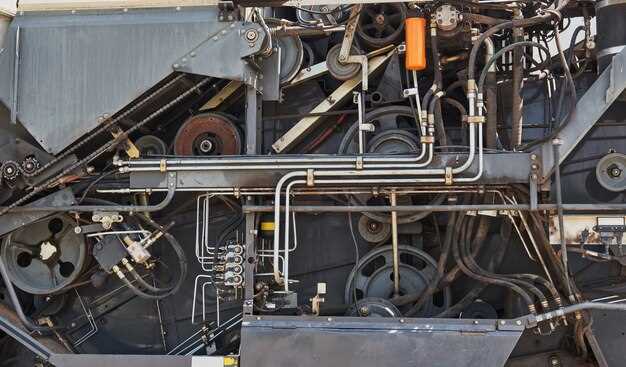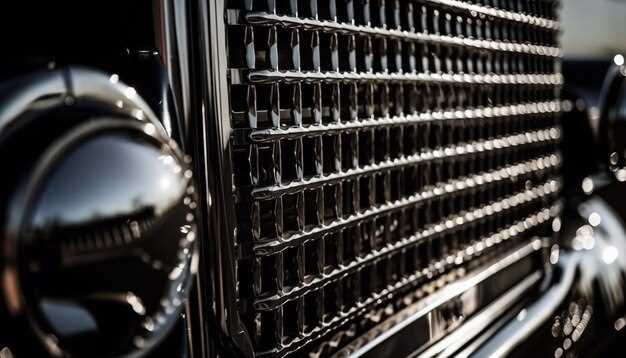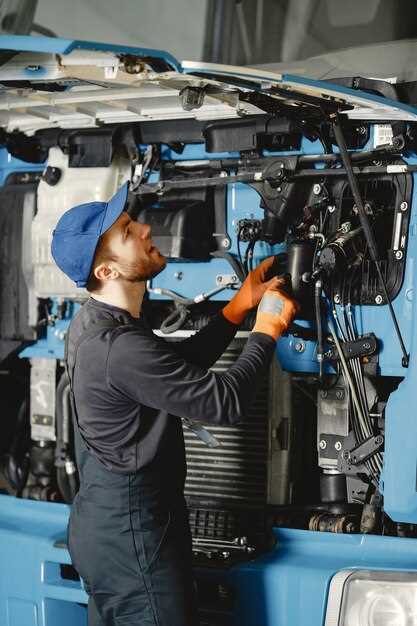
The efficient operation of heavy-duty trucks hinges on the effective management of engine temperature, a task primarily entrusted to the radiator. This critical component plays a vital role in cooling the engine by circulating coolant, ensuring optimal performance and longevity of the vehicle. The radiator works in conjunction with the engine cooling system to dissipate heat generated during the combustion process, preventing overheating and potential engine failure.
Heavy-duty trucks, often subjected to demanding conditions and prolonged use, require a robust cooling system. The radiator itself is engineered to handle significant thermal variation, using coolant that absorbs heat from the engine and releases it into the atmosphere. Understanding how the radiator and cooling system function together is essential for maintaining the efficiency and reliability of heavy-duty vehicles, especially in challenging environments.
In this article, we will delve deeper into the mechanics of the radiator, its components, and the types of coolant used. By comprehending these elements, truck operators and fleet managers can make informed decisions regarding maintenance and troubleshooting, ensuring their vehicles remain in peak operating condition.
How Coolant Flow Regulates Engine Temperature in Heavy-Duty Trucks

The radiator plays a critical role in maintaining optimal engine temperature in heavy-duty trucks, ensuring efficient performance and longevity. The coolant flow serves as the primary mechanism for regulating this temperature, transferring heat away from the engine and dissipating it through the radiator.
As the engine operates, it generates significant heat due to combustion and friction. The coolant, a mixture of water and antifreeze, circulates through the engine block and absorbs this heat. This heated coolant then flows into the radiator, where it passes through a series of thin tubes designed to maximize surface area for heat exchange.
Airflow, facilitated by the truck’s movement or fans, passes over the radiator fins, cooling the heated fluid as it flows through the system. This cooling process is crucial, as it helps to maintain the engine at a stable operating temperature. If the coolant does not flow efficiently, the engine may overheat, leading to serious damage.
Maintaining proper coolant flow is essential for the effective functionality of the radiator. Components like the water pump and thermostat regulate this flow, adjusting it based on the engine’s temperature. When the engine is cold, the thermostat remains closed, allowing coolant to circulate within the engine until it reaches the ideal temperature. Once this temperature is achieved, the thermostat opens, allowing the coolant to flow to the radiator for cooling.
In conclusion, efficient coolant flow is vital for the radiator to effectively manage engine temperature in heavy-duty trucks. By ensuring that excess heat is dissipated, the coolant flow not only optimizes performance but also prolongs the engine’s lifespan.
Common Radiator Issues and Their Impact on Truck Performance

Radiators play a crucial role in maintaining the optimal operating temperature of heavy-duty trucks. However, several common issues can arise, negatively affecting engine performance and overall vehicle efficiency.
One of the most prevalent problems is a coolant leak. Leaks can occur in various parts of the radiator, leading to a reduced coolant level. Insufficient coolant disrupts the flow necessary for effective heat dissipation, resulting in potential engine overheating. This can lead to severe engine damage if not addressed promptly.
Another common issue is clogged passages within the radiator. Over time, sediment, rust, and other debris can accumulate, hindering the smooth flow of coolant. A restriction in coolant flow not only reduces the efficiency of heat transfer but can also cause localized overheating. An affected radiator may struggle to adequately cool the engine, thereby reducing overall truck performance.
Corrosion can also significantly impact the integrity of the radiator. The breakdown of metal components can lead to leaks and diminished heat exchange efficiency. Corroded radiators may require replacement or extensive repairs, as they become less effective in managing engine temperature.
Air trapped within the cooling system is another issue that can impair radiator function. Air can form pockets that impede coolant flow, leading to uneven cooling and potential overheating. It is essential to bleed the cooling system to ensure that air does not interfere with the efficient movement of coolant.
Lastly, a malfunctioning thermostat can hinder coolant flow and affect engine temperature regulation. If the thermostat sticks in the closed position, it prevents coolant from circulating through the engine and radiator. This can result in overheating and can severely impact the vehicle’s performance. Regular maintenance and checks can help identify these problems before they lead to critical failures.
Maintenance Tips for Ensuring Optimal Radiator Functionality
To maintain the efficiency of your truck’s radiator, it is crucial to regularly check the coolant levels. Low coolant can lead to overheating, which can damage the engine. Always ensure that the coolant reservoir is filled to the appropriate level, and top it off with the manufacturer-recommended type of coolant.
Additionally, inspect the radiator for any signs of leaks or corrosion. A small leak can result in significant coolant loss over time, compromising the radiator’s ability to dissipate heat. If you notice any physical damage or buildup, it is essential to address these issues promptly.
Cleaning the radiator is another vital aspect of maintenance. Debris such as dirt, leaves, and bugs can obstruct airflow, reducing cooling efficiency. Use a soft brush or compressed air to clean the exterior fins, ensuring that air can flow freely through the radiator.
It is also important to check the condition of the hoses connected to the radiator. Look for cracks, bulges, or any signs of wear. Damaged hoses can result in coolant leaks, which may lead to overheating. Replace any faulty hoses immediately to maintain optimal functionality.
Finally, consider flushing the radiator and replacing the coolant as part of your regular maintenance schedule. Over time, coolant can become contaminated and lose its effectiveness. Flushing the radiator helps remove impurities and prevents buildup, ensuring efficient cooling performance.




